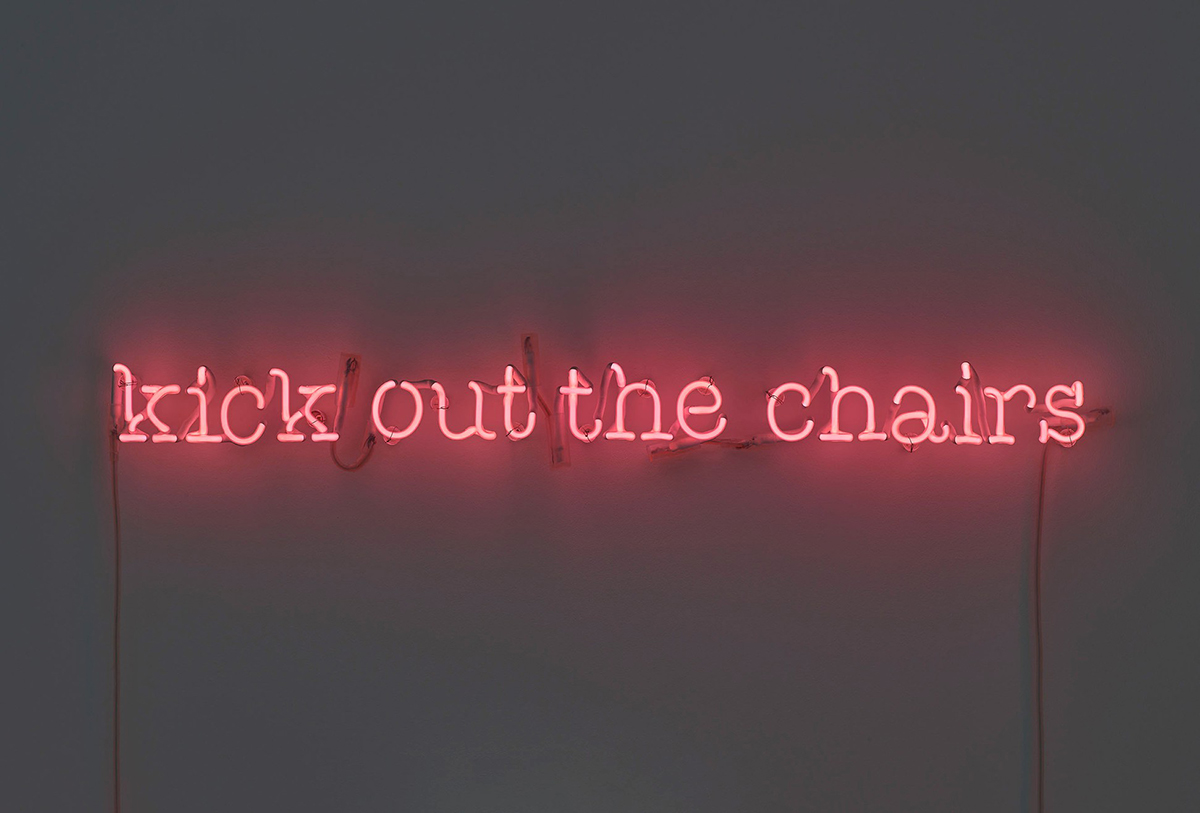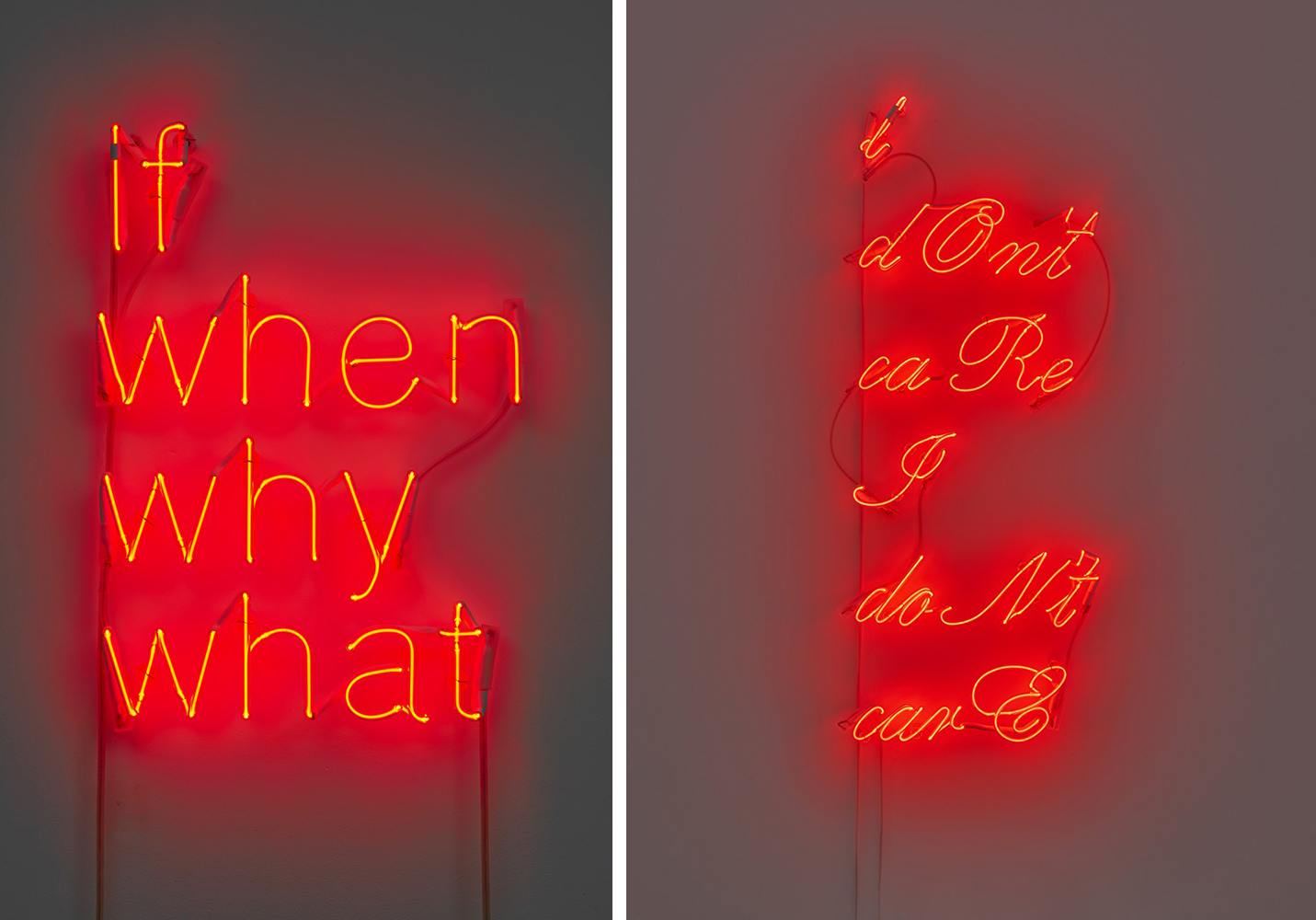ART CITIES: Athens-Douglas Gordon
 Working across mediums and disciplines, Douglas Gordon investigates moral and ethical questions, mental and physical states, as well as collective memory and selfhood. Using literature, folklore, and iconic Hollywood films in addition to his own footage, drawings, and writings, he distorts time and language in order to disorient and challenge.
Working across mediums and disciplines, Douglas Gordon investigates moral and ethical questions, mental and physical states, as well as collective memory and selfhood. Using literature, folklore, and iconic Hollywood films in addition to his own footage, drawings, and writings, he distorts time and language in order to disorient and challenge.
By Efi MIchalarou
Photo: Gagosian Archive
In Douglas Gordon’s films, projections, installations, photographs, performances, and works in other mediums, Gordon investigates collective memory and our sense of psychological security through extreme distortions of time and space, often using his own work and that of other artists and filmmakers as raw material. He has made text-based works since the 1990s; most of these have taken the form of vinyl transfers applied to walls, but a few (the first being “Empire”, installed in 1998 in an alleyway outside a Glasgow pub) have employed neon light. The exhibition “Neon Ark” in Athens is Douglas Gordon’s second gallery exhibition devoted entirely to text works in neon, acknowledges the medium’s change in status from a common platform for commercial signage toward a rarified technology superseded by digital display. The works were produced by the on-site workshop that Gordon established in his exhibition at the Gagosian’s Gallery, London, location in 2022, in which artisans worked to shape Murano glass tubing into short texts. Gordon’s new neon works are autobiographical, but also spark nostalgia in the minds of many viewers raised in the same milieu; further, they resonate with the ways in which ideas and techniques are born, grow, and interconnect: “Because it’s a gas,” he has stated of neon itself, “and because it was discovered, not invented, it quickly became a byword or symbol for the very essence of discovery.” From seeing illuminated signs in old movies to observing the real thing in London’s Soho, Gordon was seduced by neon’s fusion of novelty and illicit glamour. Each of the neon works in the exhibition has a “partner” (not on view) that completes a well-known line from a film or a lyric from a popular song. I second that emotion is taken from a 1968 song by Smokey Robinson that was covered in 1980 by English new wave band Japan, and that was popular when Gordon was at school. “I dont care I dont care” has a dual reference, reproducing a line common to “There Is a Light That Never Goes Out” (1986) by the Smiths and Pavement’s “Cut Your Hair” (1994). Finally, the exhibition acknowledges neon’s change in status from a common platform for commercial signage toward a rarified technology superseded by digital display. The gnomic verbal content of Gordon’s texts chimes with the alchemical nature of neon and its place in the history of modernism; the medium has a long and distinguished creative heritage, having been used by numerous artists, including Dan Flavin, Joseph Kosuth, and Bruce Nauman.
Photo: Douglas Gordon, kick out the chairs, 2022, Neon, 2 ⅞ × 35 ⅞ × 2 inches (7.3 × 91 × 5 cm), © Studio lost but found/VG Bild-Kunst, Bonn, Germany 2022. Photo: Prudence Cuming Associates Ltd, Courtesy Gagosian
Info: Gagosian Gallery, 22 Anapiron Polemou Street, Athens, Greece, Duration: 6/3-20/5/2023, Days & Hours: Tue-Wed & Fri-Sat 11:00-19:00, Thu 11:00-20:00, https://gagosian.com/


Right: Douglas Gordon, i dOnt caRE I doNt carE, 2022 Neon, 100 × 40 × 2 inches (254 × 101.6 × 5 cm), © Studio lost but found/VG Bild-Kunst, Bonn, Germany 2022. Photo: Prudence Cuming Associates Ltd, Courtesy Gagosian


Right: Douglas Gordon, i second that emotion, 2022 Neon, 26 ¾ × 22 ⅞ × 2 inches (68 × 58 × 5 cm), © Studio lost but found/VG Bild-Kunst, Bonn, Germany 2022. Photo: Prudence Cuming Associates Ltd, Courtesy Gagosian
